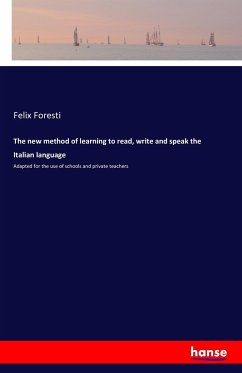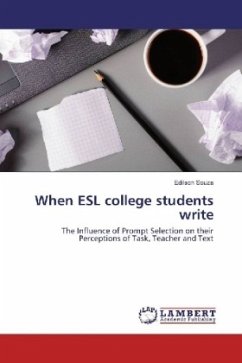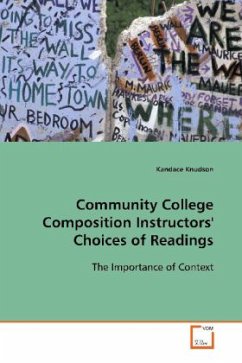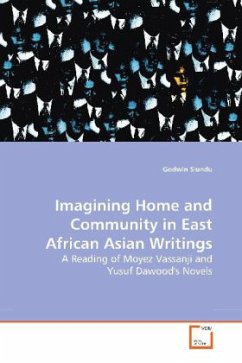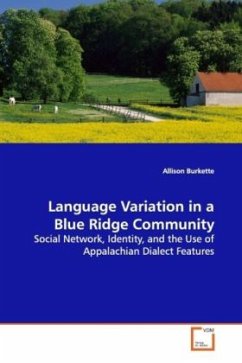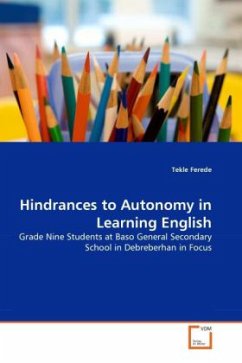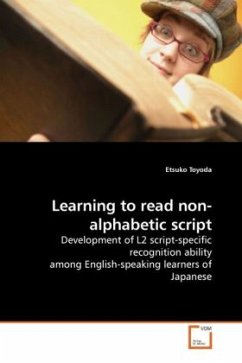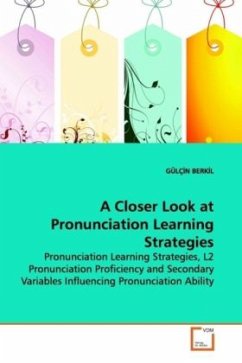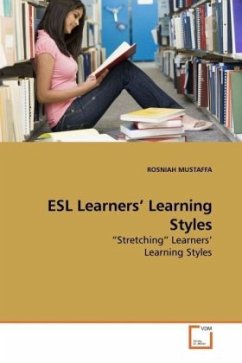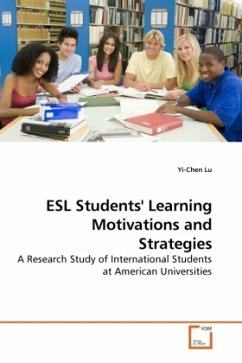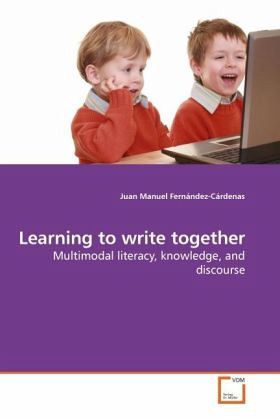
Learning to write together
Multimodal literacy, knowledge, and discourse
Versandkostenfrei!
Versandfertig in 6-10 Tagen
52,99 €
inkl. MwSt.

PAYBACK Punkte
26 °P sammeln!
The use of ICT has transformed the traditionalconcept of literacy in education. However,educational agents seem to be struggling to makeadjustments to match the emergence of new socialpractices in classrooms with rules privileging theuse of conventional texts. Hence, this book providesa rich description of the challenges that arecurrently faced by teachers and students forinterpreting and producing school texts. This goal isachieved using qualitative methodologies informed byVygotskian sociocultural theory and differentapproaches to discourse analysis. The discussionpresented focuses on the re...
The use of ICT has transformed the traditional
concept of literacy in education. However,
educational agents seem to be struggling to make
adjustments to match the emergence of new social
practices in classrooms with rules privileging the
use of conventional texts. Hence, this book provides
a rich description of the challenges that are
currently faced by teachers and students for
interpreting and producing school texts. This goal is
achieved using qualitative methodologies informed by
Vygotskian sociocultural theory and different
approaches to discourse analysis. The discussion
presented focuses on the re-conceptualization of
learning in terms of goal-oriented situated actions.
In this respect, a series of studies describe the
strategies used by primary school children for
constructing electronic multimodal texts, and in
particular for constructing Web pages collaboratively
with historical themes. The analysis contributes with
originality to understand new literacy practices in
schools and should be especially useful for
researchers, teachers, and policy makers searching
for sound theoretical models and their application to
recently identified educational situations.
concept of literacy in education. However,
educational agents seem to be struggling to make
adjustments to match the emergence of new social
practices in classrooms with rules privileging the
use of conventional texts. Hence, this book provides
a rich description of the challenges that are
currently faced by teachers and students for
interpreting and producing school texts. This goal is
achieved using qualitative methodologies informed by
Vygotskian sociocultural theory and different
approaches to discourse analysis. The discussion
presented focuses on the re-conceptualization of
learning in terms of goal-oriented situated actions.
In this respect, a series of studies describe the
strategies used by primary school children for
constructing electronic multimodal texts, and in
particular for constructing Web pages collaboratively
with historical themes. The analysis contributes with
originality to understand new literacy practices in
schools and should be especially useful for
researchers, teachers, and policy makers searching
for sound theoretical models and their application to
recently identified educational situations.



